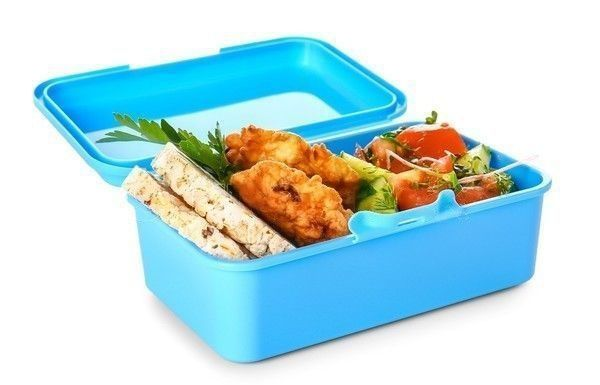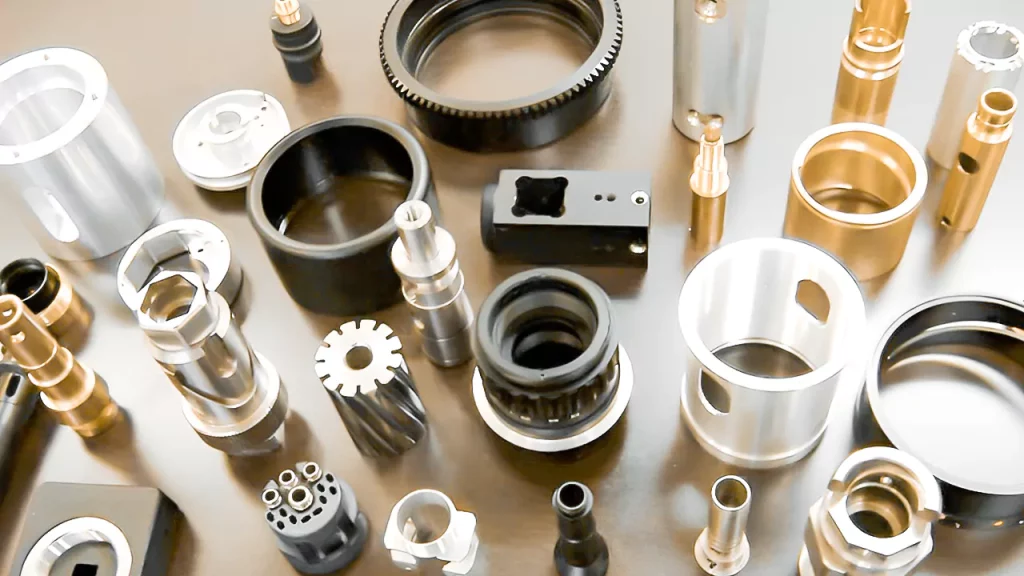Introduction
Numerous items have some sort of food-related functionality. Kitchen utensils, machinery, appliances, and packaging can all come into direct or indirect contact with edible commodities before they are ingested.
Knowing the ingredients of your food and the ingredients of packaging and eating utensils, which come into contact with food, is equally essential. Some substances are hazardous or biodegradable and should not be used in close proximity to food since they may result in the consumer suffering severe injury.
This puts a lot of pressure on businesses that produce food goods. They need to employ materials that are both legally acknowledged as being food-safe as well as ones that are robust, resilient, inexpensive, and manufacturable.
Why are food-safe materials required?
Specific materials must be used to create products that come into contact with food or beverages to ensure that they do not hurt people, change the condition of the food they touch, or lose their integrity after interacting with meals.
When a non-edible object comes into contact with a food product, such as when a vegetable is chopped with a knife or milk is kept in a carton, the major worry is that molecules of the non-edible material may wind up in the food and later be ingested by a person.
The taste, look, or, worse still, the safety of the meal can all be affected by the molecules of metals, plastics, or other contaminants that contaminate the food product. Materials that are safe for consumption often migrate slowly. The materials used to make food goods must also be sufficiently resistant to the foods they will come into contact with. For instance, a container for a highly acidic beverage must be sufficiently corrosion resistant, and a microwaveable container for a frozen meal must be heat resistant to avoid warping or breaking when used.
Safe-food materials
Depending on the intended application of the components being created, some food-safe or food-grade materials may be suitable. The industry does, however, accept some materials as the norm.
Metals that are safe for food include:
- Appliances, containers, and machine components made in stainless steel 316 Kitchenware made of stainless steel 304
- containers made of stainless steel 430, especially for meals that are corrosive.
- Machine components and utensils made of titanium
- Cast iron pots and pans
- Aluminum: Cans, baking trays

Plastics that are safe for food include:
- Buckets for storing food, food wrappers, and bottles made of HDPE
- LDPE: Cling film or wrap, inner container lining, and connecting rings for six-packs.
- PET: Containers (bottles, jars, etc.)
- PP: Yogurt bowls, microwave-safe containers that are disposable.

Glass
Foods with a long shelf life should be packaged in glass since it is heat and moisture resistant. As long as the seal is intact, you may heat treat the product after filling it, and it won't let air in. Glass may be made translucent so that the food can be seen within the package and won't react with the food. Additionally, glass can be colored, like a brown beer bottle, to stop light from influencing the product's quality.
Glass is frequently recycled and regarded as a sustainable resource. Glass packing is heavy and unwieldy to move, and it will break if dropped or broken.

Paper and Cardboard
Packaging made of paper and card is less expensive and more lightweight than that of metal and glass. Additionally, it is generally biodegradable and recyclable. However, when in contact with moisture and humidity, the barrier integrity of paper-based packaging is damaged, making it more prone to tearing or damage.

Guidelines for materials that are food-safe?
Food product regulations differ from country to country, so it's essential to familiarize yourself with the laws and regulations in the areas where your items will be sold.
The Food Safety Law of the People's Republic of China regulates food contact materials (FCMs) in China (P.R.C.). On June 1, 2009, the Food Safety Law went into force, and it currently regulates all matters relating to food safety and quality in China. Articles 36 and 62 of the Food Safety Law forbid the importation, use, or purchase of food-related goods (such as food packaging materials, utensils, equipment, etc.) that do not meet the relevant Chinese Food Safety Standard. The establishment of product verification systems outlining the specifications and suppliers for food-related items is further mandated by this clause. These systems must be kept up-to-date for a period of two years. Penalties for violations may be severe.
In the US, the Food and Drug Administration (FDA) is in charge of these rules. The FDA covers food items in a report titled "Indirect Food Additives: general. According to the FDA, "proper manufacturing techniques" are crucial, and any ingredient used in products that come into contact with food must be of a purity appropriate for that usage.
The European Food Safety Authority is in charge of regulating things in the European Union (EFSA). Food Contact Materials (FCMs) must comply with EU regulations that state they "shall be sufficiently inert so that their contents neither adversely affect consumer health nor alter the quality of the food."
In order to assure that "good manufacturing practices" are being followed, your production must be ISO 9000 certified (fortunately, this certification is worldwide!).
Certificates are given once all of this work has been completed, and you may then relax. A consultant or outside service might be helpful to get your product approved for manufacturing while concentrating on product development and innovation because there is a lot to negotiate.
Considerations for making food-safe prototypes?
Aside from knowing the proper standards and food-safe materials, it's critical to be aware of the particular design considerations for food-safe goods. Here are a few to keep in mind:
- Products designed to be used often and cleaned or disinfected between uses have different design considerations than those meant to be used just once (e.g., disposable tableware).
- Since sharp corners are very difficult to clean, you should eliminate interior compartments that fingers can't access by designing inner corners with broad radii.
- Surface ridges are also breeding grounds for germs, so make sure your surface finish is polished and smooth. You might also consider applying a food-safe treatment to the surface.
- The material that will eventually be utilized for production should be used to produce a prototype in the majority of situations in order to test its performance during R&D. If this is not attainable, a material comparable to it should be taken into consideration.
Although employing a food-safe material during prototyping has certain practical benefits, it is not required that every stage of the prototyping process adhere to exacting regulatory criteria. For instance, all equipment used in food product manufacture must adhere to regulatory requirements, but this is not required for prototype development because the prototype won't be put to use by a consumer. As a result, there are many opportunities for prototyping to be done more affordably without sacrificing the prototype's value.
- Use of manufacturing tools not utilized in production may be necessary for prototyping. It may be important to utilize a less expensive manufacturing technique during prototyping, especially if just a limited number of units are needed, even though prototypes that closely resemble their end-use counterparts are more beneficial.
Food-safe prototype manufacturing methods
A food-safe prototype can be created in a number of ways during the prototyping phase of product development. The most popular methods for developing food-safe prototypes are listed below.
CNC Machining
Almost all metals and polymers that are safe for consumption may be processed by CNC machining centers. The best choice for non-disposable objects, including kitchenware.
Metal Casting
While more expensive than machining, casting may be utilized to create iron skillets and other robust cookware.
Vacuum Casting
For small food containers and other plastic objects, vacuum casting is the best option since it employs silicone molds, which are also safe for food.
Injection Molding
For materials like HDPE, LDPE, PET, and PP that are safe for food, injection molding is a widely used method. However, purchasing prototypes in small quantities might be costly.
3D Printing
While certain food-safe products may be made using this technology, the rough surface roughness of printed parts might leave gaps where germs can grow.
Sheet Metal Fabrication
Food-grade stainless steels such as 304 and 316 are perfect for sheet metal fabrication and may be used to make baking pans, heavy-duty restaurant equipment, and other items.
Conclusion
Maintaining the safety, wholesomeness, and quality of food must remain the major goals of materials for food-safe prototypes.
The environmental effects of packaging waste may be reduced by carefully selecting materials, adhering to international requirements, and assessing material expectations for food-safe prototypes in terms of environmental impact. An understanding of the functional properties of materials for food-safe prototypes will promote ongoing improvement and prevent many of the well-intentioned but bad-advised solutions that do not adequately account for both preconsumer and postconsumer packaging factors. This understanding will be promoted by informed efforts by industry, government, and consumers.
CNC Milling China has several years of expertise in producing prototypes for a wide range of customers. Please contact us if you have any queries concerning food-safe prototypes and materials.








